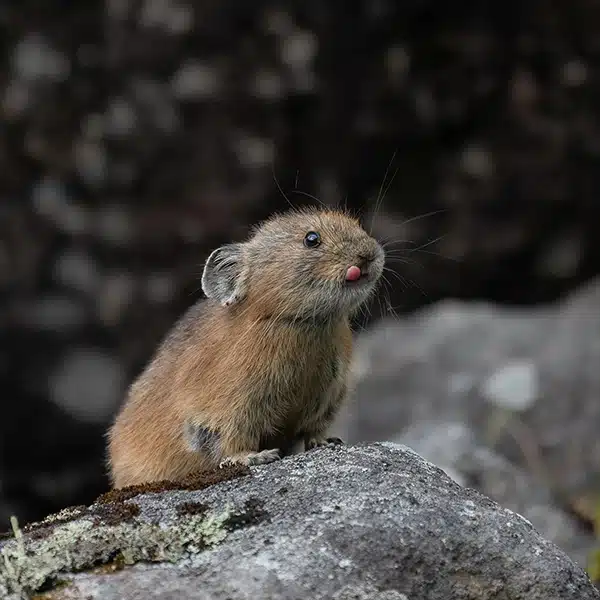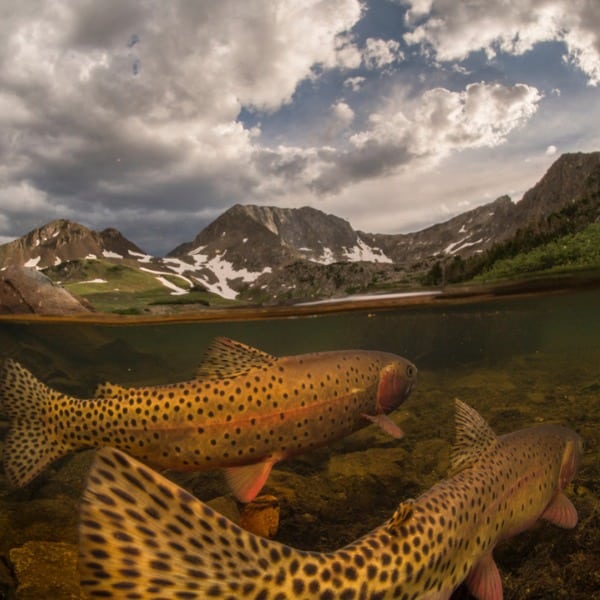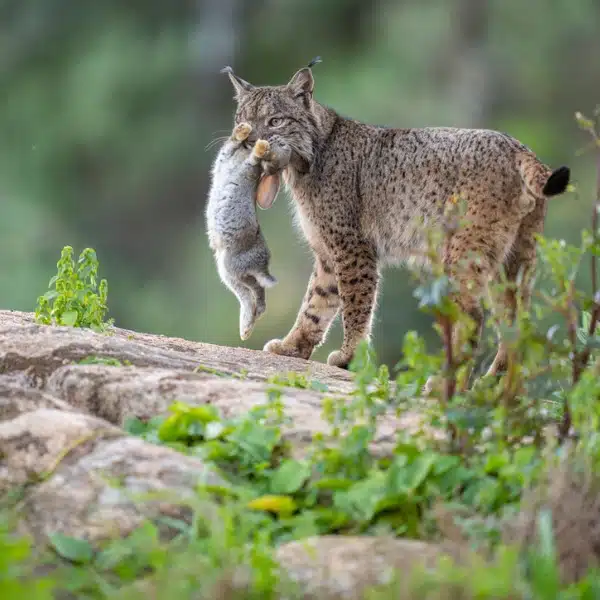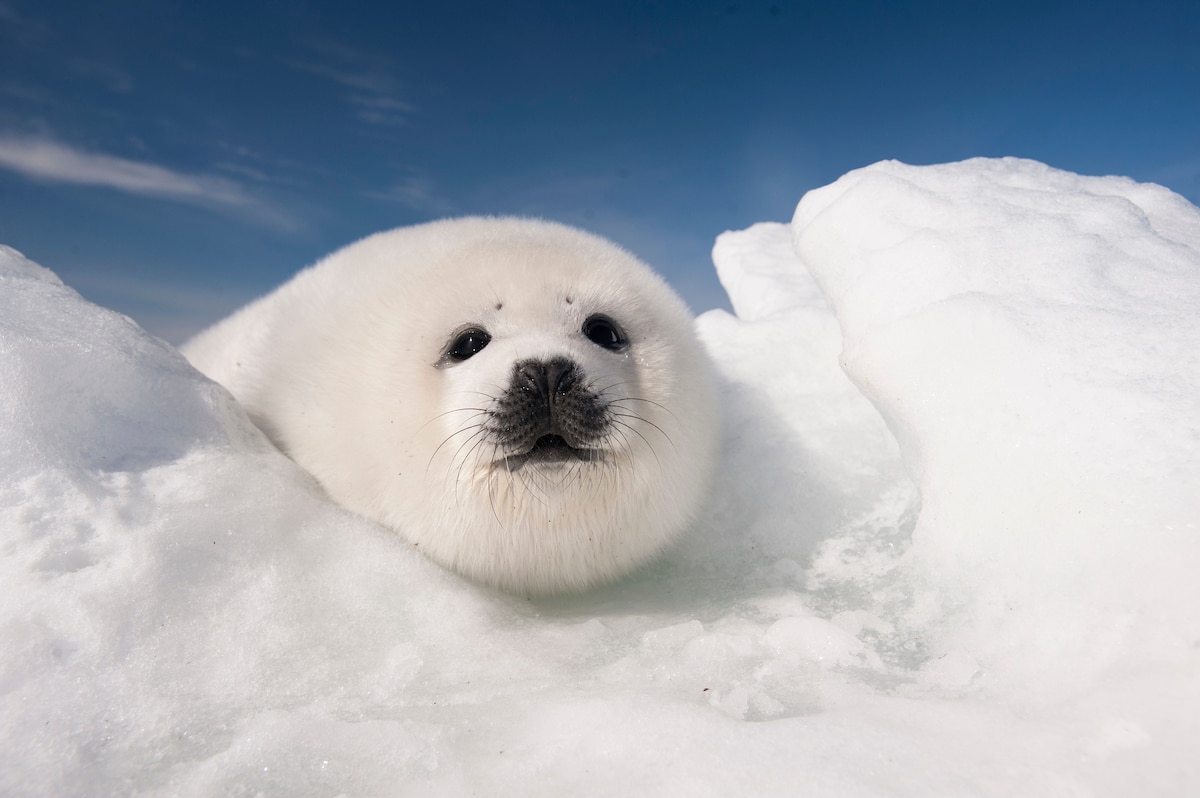
A harp seal pup called a white coat seeks shelter from the relentless winds that scour the sea ice nursery in the Gulf of St. Lawrence near Magdalen Island, Quebec. Harp seal pups depend on stable sea ice for survival after they are born in the ice nursery in late February and nursed for 12-15 before their mother abandons them. Recent years of higher temperatures have resulted in unstable sea ice and early break up of the nursery causing mass mortality of pups. (Photo: Jennifer Hayes)
Some of the world's most acclaimed wildlife photographers have joined forces to help raise funds for conservation programs and grassroots initiatives across the globe. Conceived by National Geographic photographer Ami Vitale, Prints by Nature is a unique opportunity to purchase imagery from over 85 top photographers while giving back.
Vitale was inspired by the Prints for Wildlife fundraiser, which ran earlier this year to support African Parks. This time, 100% of the net proceeds will go to Conservation International. For the past 30 years, this non-profit has helped protect nature through cutting-edge science, innovative policy, and global reach. With work that spans four continents, they are highly involved with local communities in protecting everything from grasslands to cloud forests to rainforests to coral reefs.
“Nature has sent us a strong message and reminded us of just how small and deeply interconnected our world is. It is a powerful moment to reimagine our relationship to nature and to one other,” says Vitale. “We need to take care of this planet and to protect existing habitats. Today, nearly 1 million species are in danger of extinction. Our own health and destiny are intricately connected to the natural world and impacted by the loss of species. When we see ourselves as part of the landscape and part of nature, then we recognize that saving nature is really about saving ourselves.”
These incredible fine art prints are available until December 10, 2020. Each print will be expertly crafted by the studio of Paper & Ink with Canon’s Lucia Pro archival pigment ink on Canson Infinity Edition Etching Rag 100% cotton archival rag paper. The images will be printed at 11×16 inches and they will sell for $250 until Black Friday. Afterwards, the price will increase to $275, so start shopping now.
The world's top wildlife photographers have joined forces to raise funds to help protect nature.

White lions, are not albino. They are ìleucisticî, which means they have a recessive mutation of genes which cause their coats to be white to blonde-rather than tawny. A cub is born white only if both of its parents carry the recessive ëwhiteí gene. White lions once roamed wild in the Timbavati area of South Africa. Their presence spans throughout the cultural history of the Sepedi and Tsonga communities who revered the white lion and considered it sacred; ëdivine, and sent from above.í But, decades of trophy hunting first started by Europeans completely wiped out the white lion wild gene pool. They were also put in zoos, and bred in captivity, where today they are still bred, put in canned hunts, and cute blue eyed cubs put in petting zoos. Pressure on exploitive captive wildlife places can help close them downódeeply research places with white lions before supporting them; many are not as ìconservation orientedî as they state—especially not ones with lion cubs of any age. (Photo: Karine Aigner)
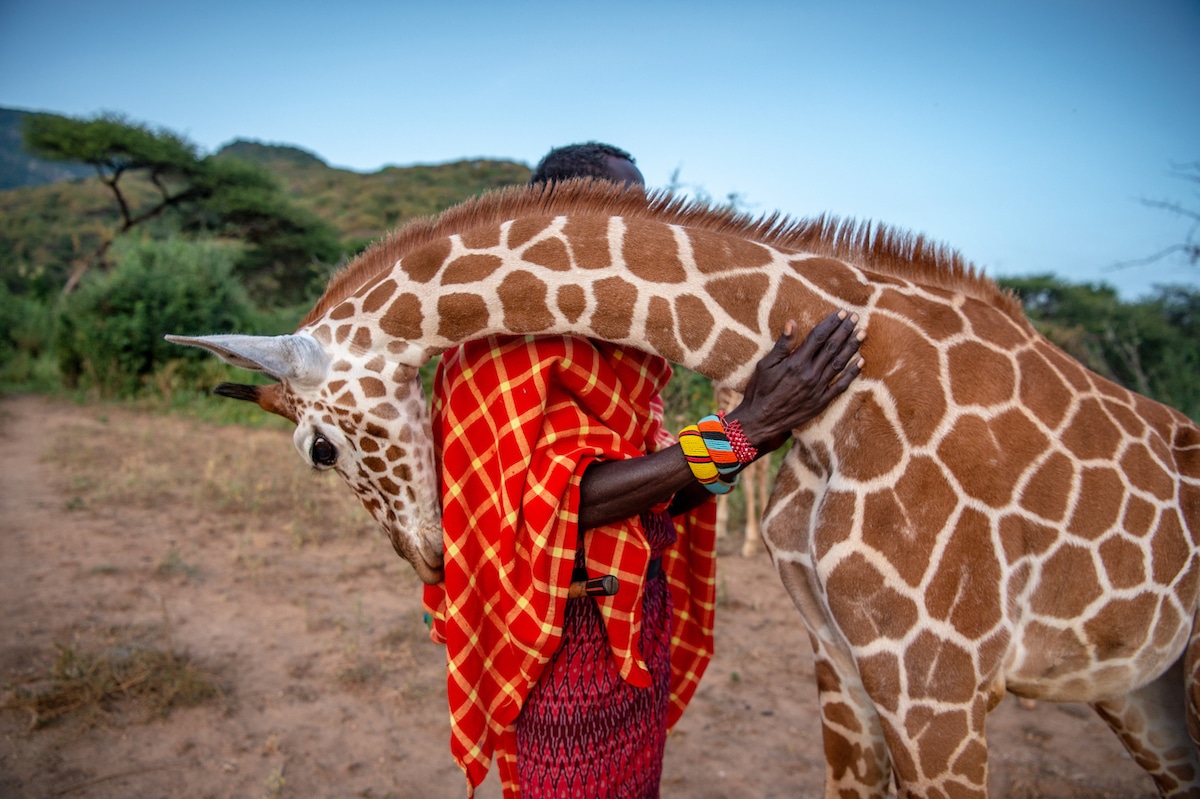
An orphaned reticulated giraffe nuzzles Sarara Camp wildlife keeper Lekupania. This giraffe was rehabilitated and returned to the wild, as a number of others have done before him. Right now, giraffe are undergoing what has been referred to as a silent extinction. Current estimates are that giraffe populations across Africa have dropped 40 percent in three decades, plummeting from approximately 155,000 in the late 1980s to under 100,000 today. The decline is thought to be caused to habitat loss and fragmentation and poaching, but because there haven't been long term conservation efforts in the past, it's hard to know exactly what is happening. Reticulated giraffe themselves number fewer than 16,000 individuals. Scientists are now undertaking major studies to better understand why giraffe are disappearing and what can be done to stop it. (Photo: Ami Vitale)
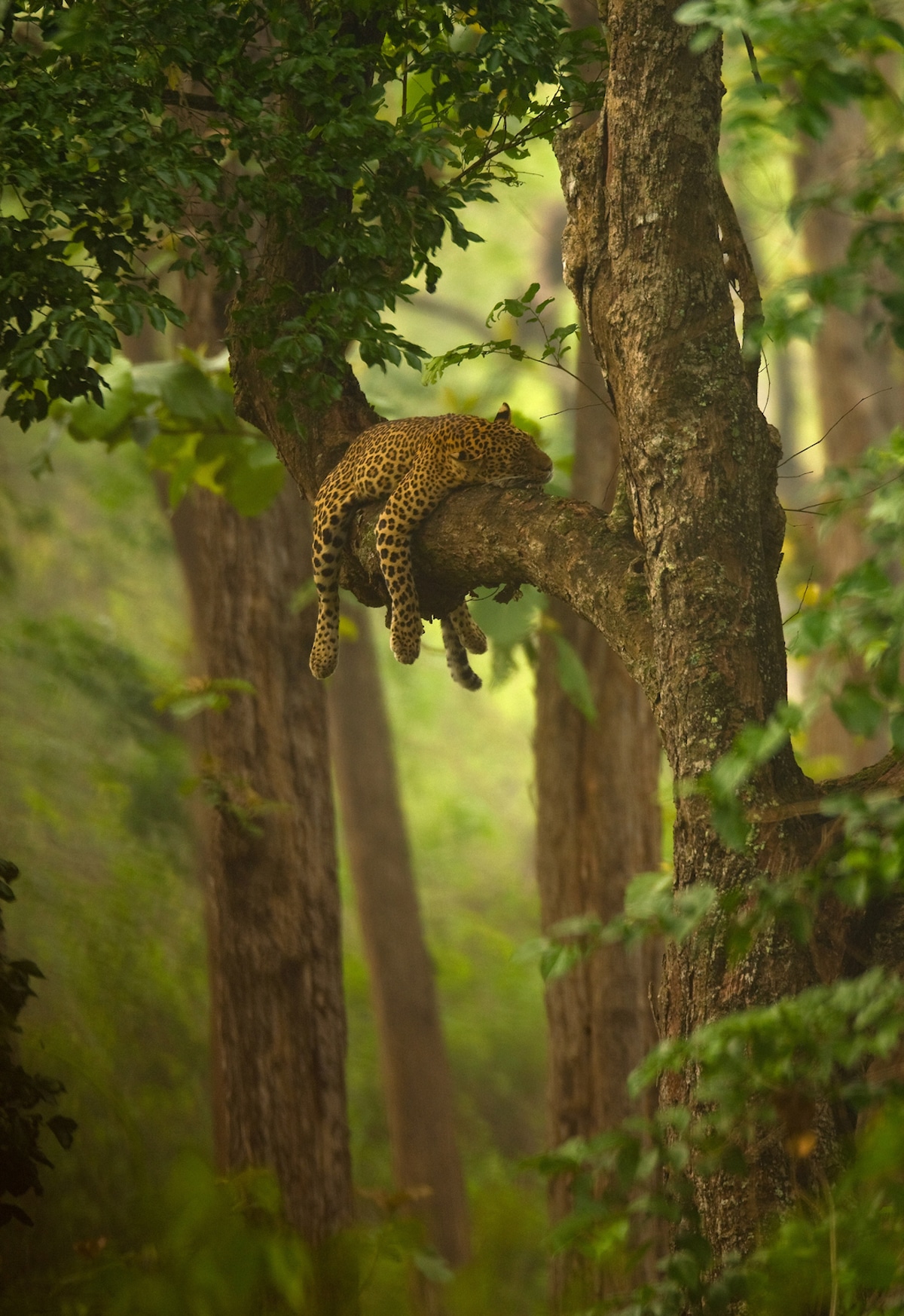
Sleeping Leopard. (Photo: Sudhir Shivaram )
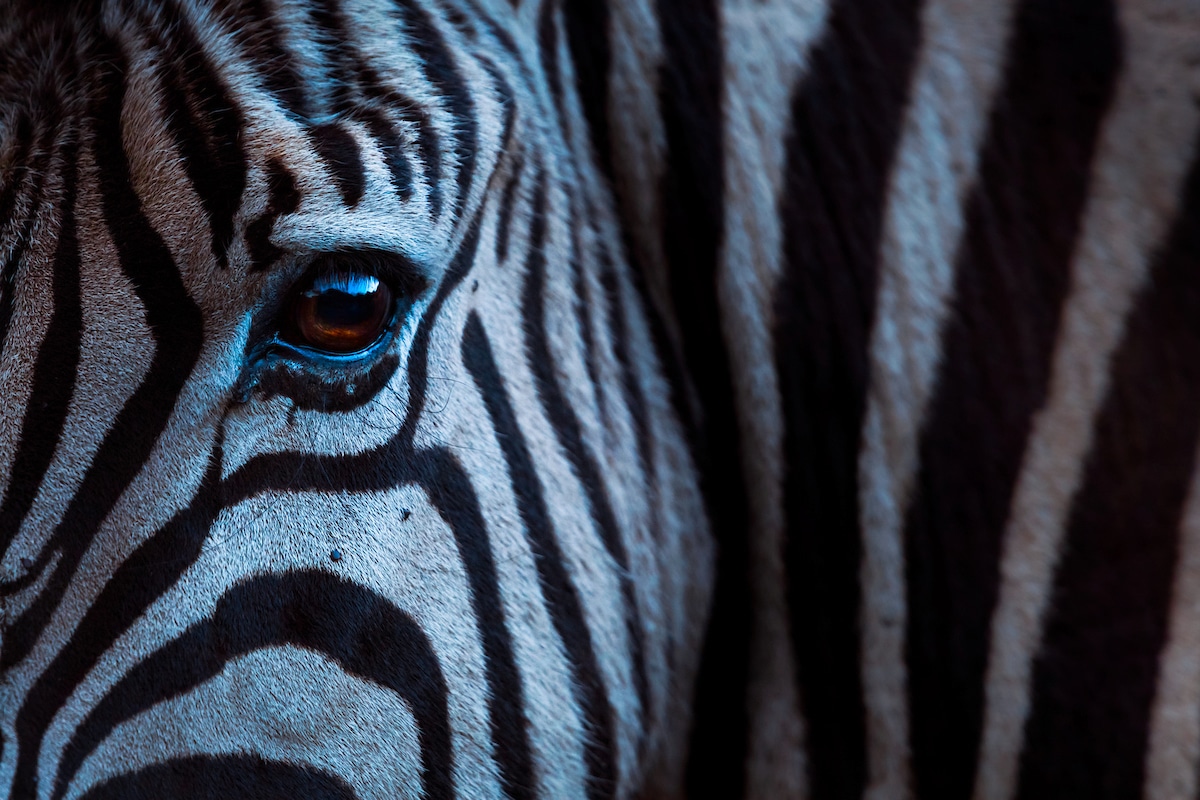
The eye of a zebra catches the last light of the day as it looks up while drinking at river in South Africa. One of Africaís most recognizable species, the plains zebra is almost entirely confined to protected areas and, with its population decreasing, reminds us that even our most iconic wildlife needs our protection. (Photo: Neil Aldridge)

Newly emerged from their den, a polar bear cub enjoys the freedom and playtime on the snow-covered tundra in Wapusk National Park, Canada . (Photo: Michelle Valberg)
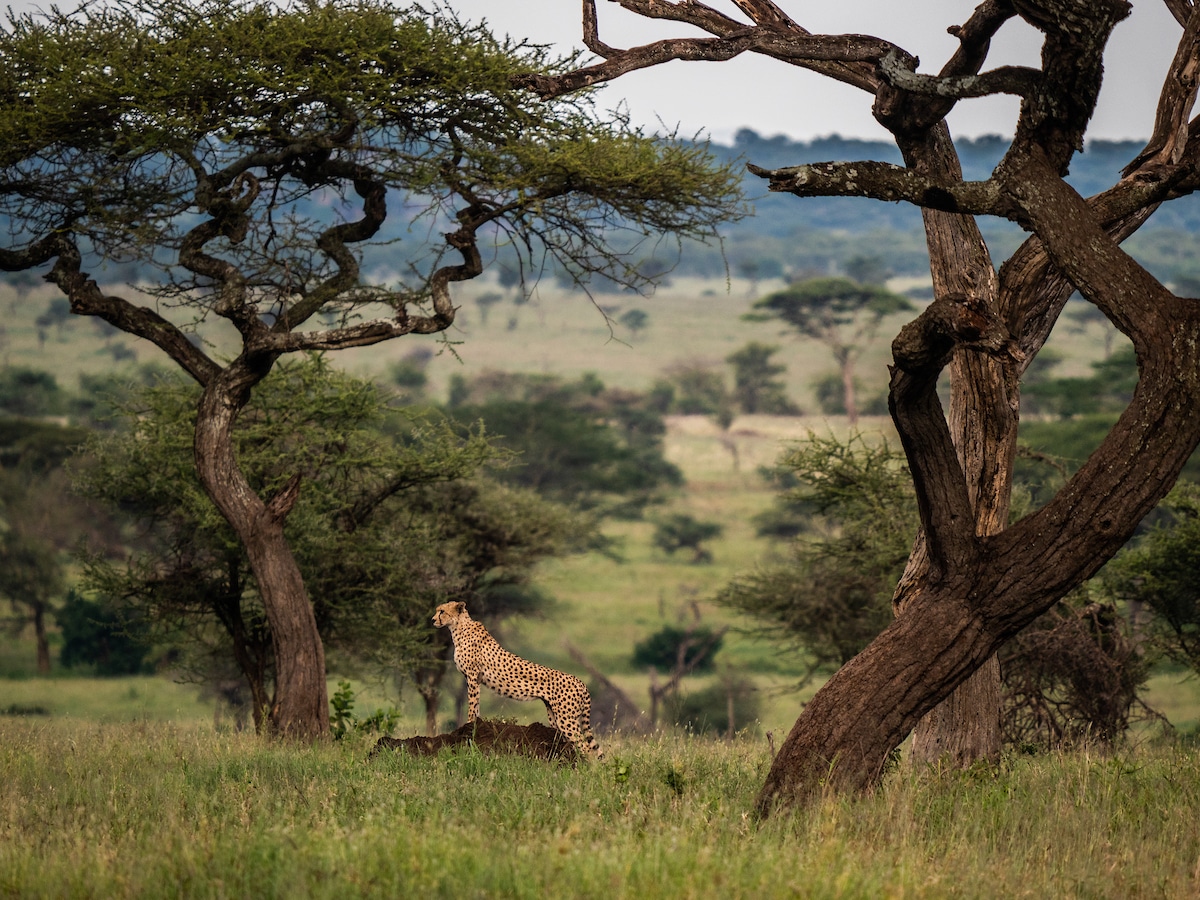
A lone cheetah pauses to listen as it hunts antelope in the Serengeti plains of Tanzania. (Photo: Annie Griffiths)

Gannets nesting on Boreray in St. Kilda, islands of the Outer Hebrides of Scotland. Tens of thousands of Gannets nest here in this remote Atlantic archipelago, a double UNESCO World Heritage site for natural heritage and its cultural history. St. Kilda was abandoned in 1930 when the last full-time residents gave up living in these isolated islands. (Photo: Jim Richardson)

Humpback Whale and her calf swimming in Tonga Vava'u. (Photo: Michaela Skovranova)

Sanjiangyuan is the area across the Tibetan Plateau that translates into ìThe Source of the Three Riversî in Chinese ñ the mighty Yangtze, Yellow, and Mekong rivers. The area is one of Chinaís most vast wildernesses inhabited by snow leopards and Tibetan nomads and their yaks, and is also the site of Chinaís first official national park announced in 2016. This photo was taken in Qinghai Province of the holy mountain massif of Jiangjiaduode at around 5700m inside Sanjiangyuan. (Photo: Kyle Obermann)
The limited edition prints are on sale until December 10, 2020.

A black panther in search of first light. (Photo: Robert Clark)
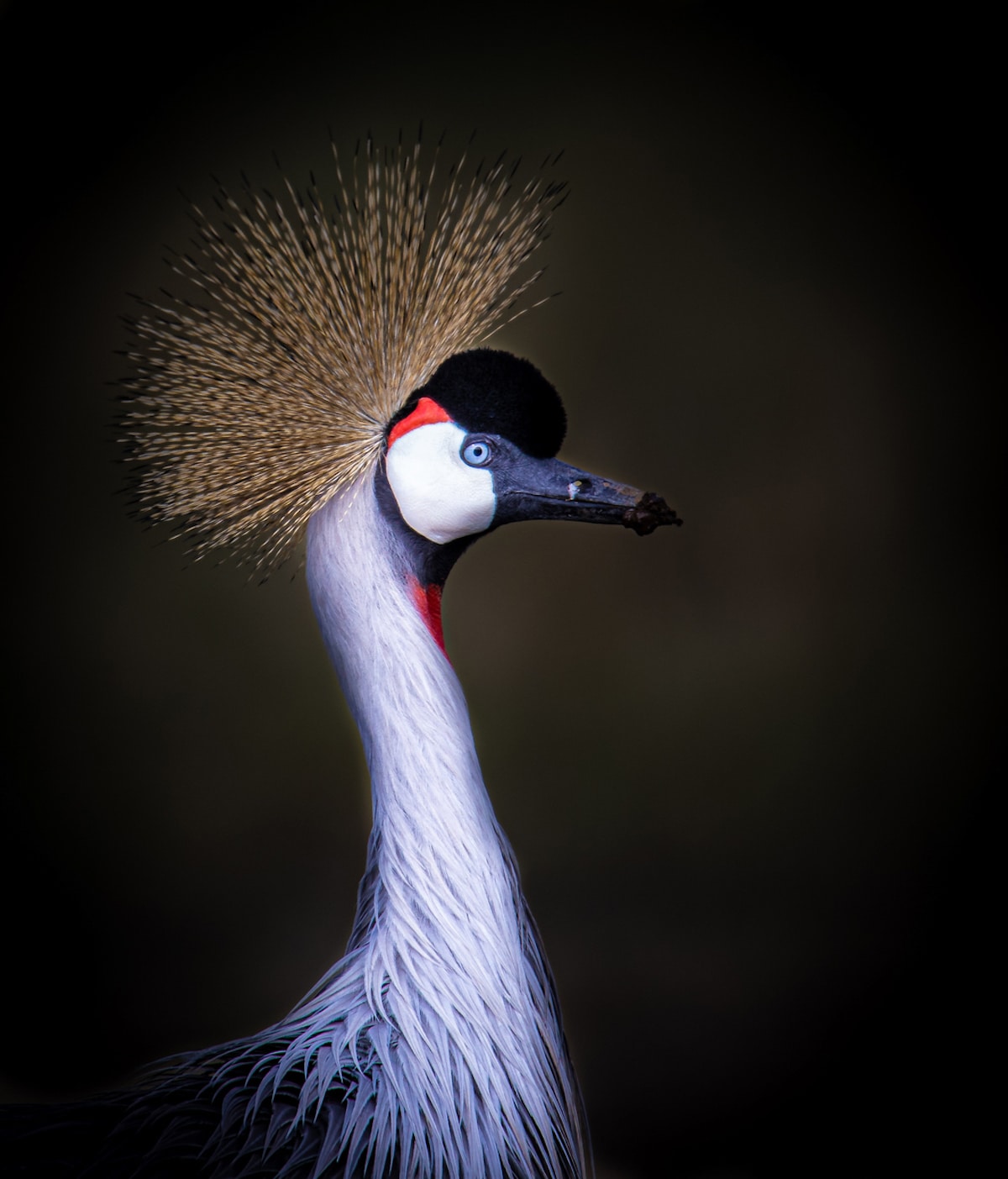
Gray crowned cranes can be found in mixed wetland/grassland habitats. The largest remaining populations of this bird are in Kenya. This photo was taken in the Masai Mara triangle late last year. They are absolutely beautiful and on a verge of extinction due to illegal trade. The more we also draw attention to the birds in the wild we can raise awareness to protect them for future generations to physically appreciate. The bird stood briefly to look around, before continuing to feed on the seeds around it when I captured this photo. It was walking with its life long paired mate. (Photo: Shazmeen Bank)
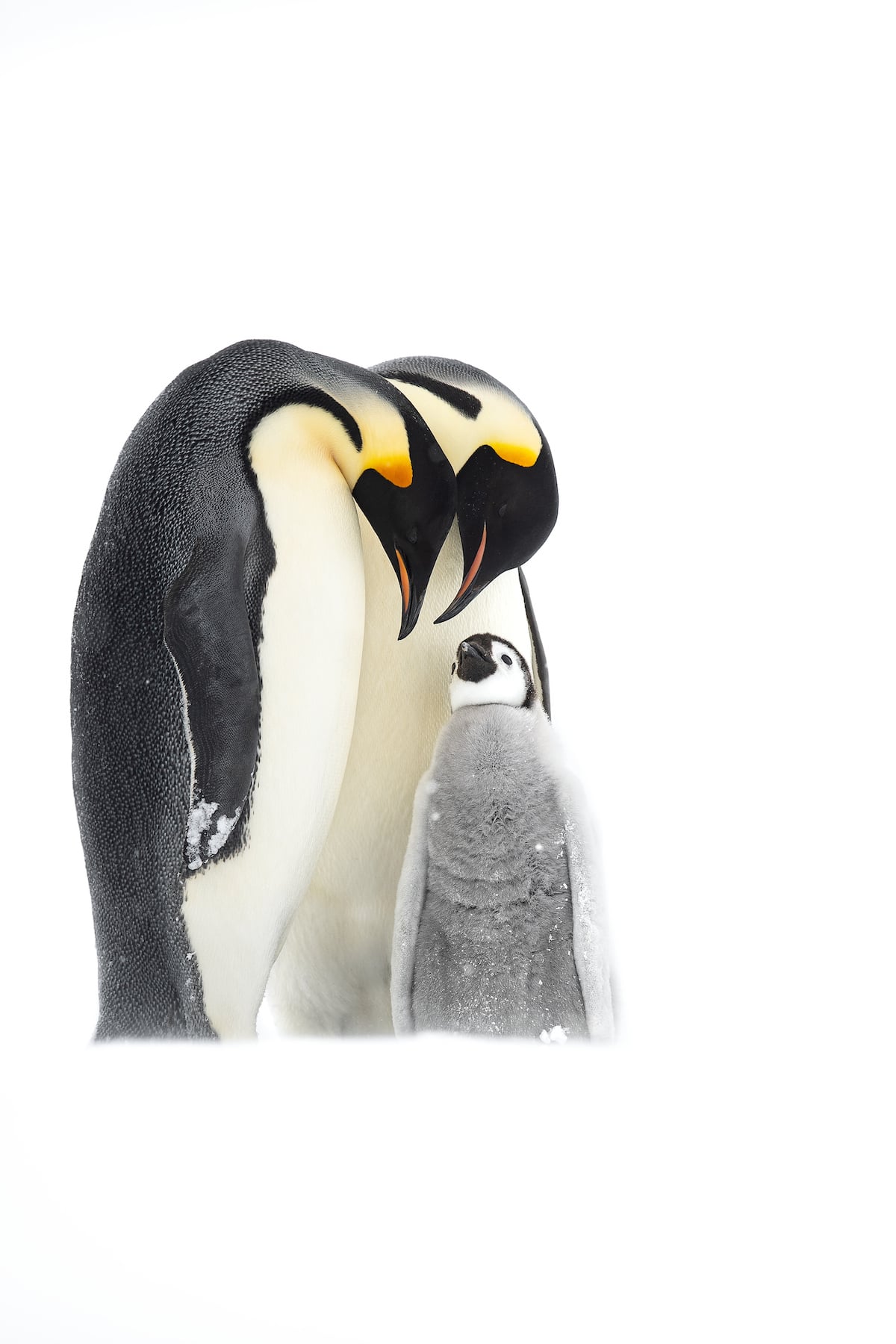
The emperor penguin is the tallest and heaviest of all living penguin species and is endemic to Antarctica. The male and female are similar in plumage and size. These flightless birds breed in the winter. After a courtship of several weeks, a female emperor penguin lays one single egg then leaves! Each penguin egg's father balances it on his feet and covers it with his brood pouch, a very warm layer of feathered skin designed to keep the egg cozy. There the males stand, for about 65 days, through icy temperatures, cruel winds, and blinding storms. Finally, after about two months, the females return from the sea, bringing food they regurgitate, or bring up, to feed the now hatched chicks. The males eagerly leave for their own fishing session at sea, and the mothers take over care of the chicks for a while. As the young penguins grow, adults leave them in groups of chicks called crèches while they leave to fish. Five years from now, if they survive in their ocean home, the young penguins will return to become parents themselves.
There is a reason for the timing of emperor penguins' hatching. By December, when the Antarctic weather has warmed somewhat, the ice the penguins occupy begins to break up, bringing open waters closer to the nesting sites.
I was literally lying flat on the floor while I was shooting this image. Why I did this is because when we go lower than their height they feel less scared being around us and for the same reason this particular Emperor family spent a good amount of time besides me. In this particular trip I had walked an average of 8 hours per day in search of a perfect frame. (Photo: Thomas Vijayan)
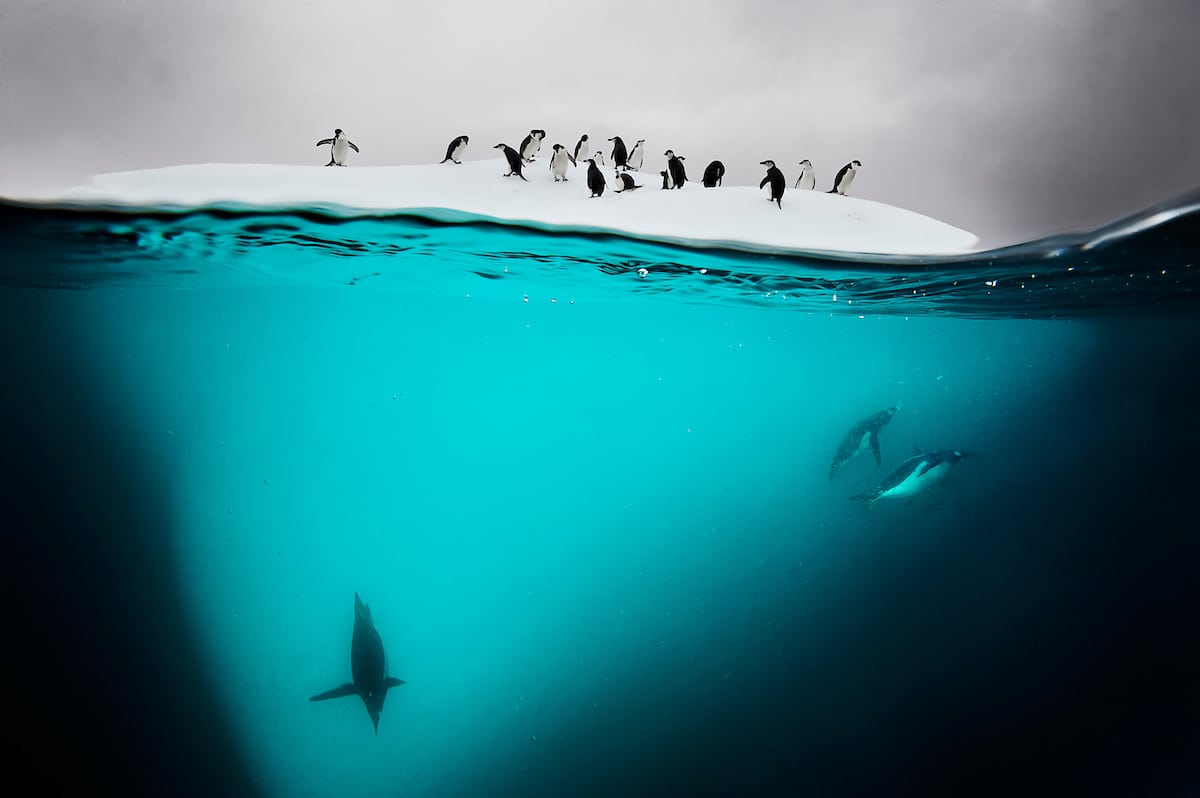
Chinstrap and gentoo penguins were resting on a bergy bit near Danco Island, Antarctica. They carefully gauged my presence in the water as a potential predator. Once they decided I was harmless they lept into the water and circled their tiny island of ice more curious than cautious. (Photo: David Doubilet)
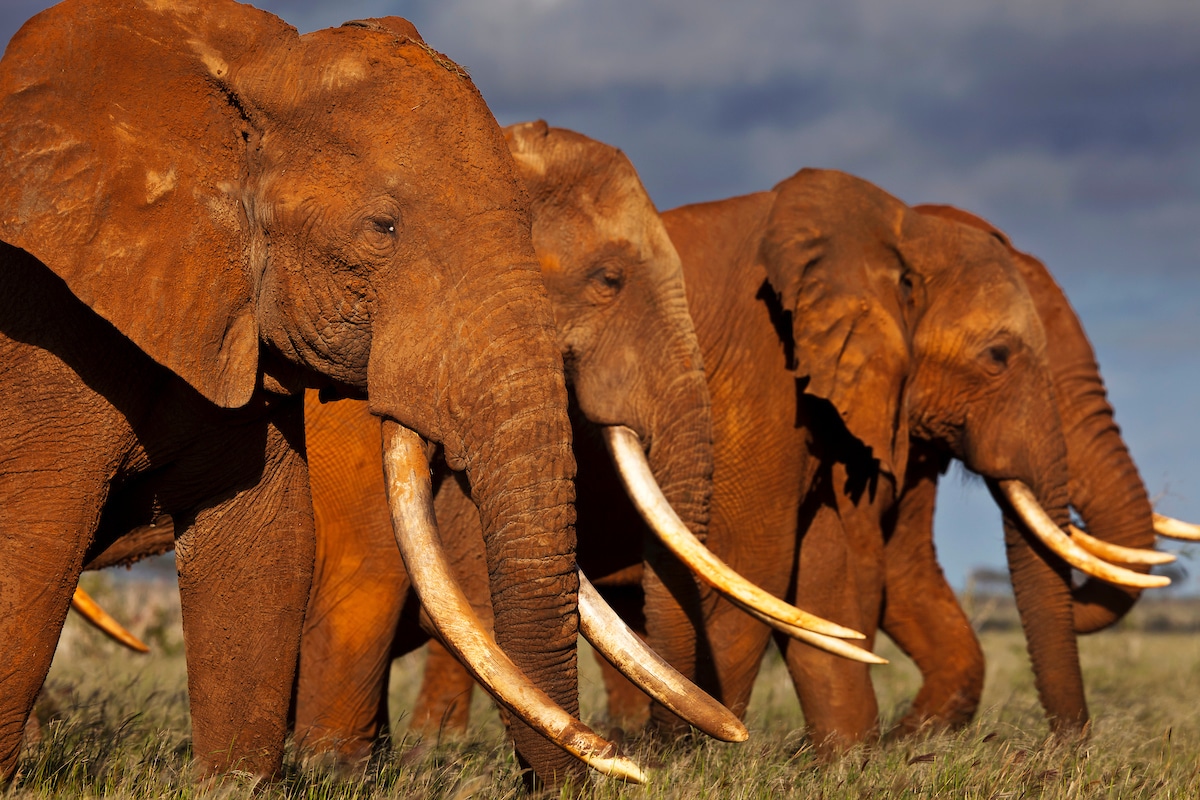
Tsavo, Kenya: While photographing some of the last great Tuskers in Kenya, I would regularly experience a group of slightly younger bull elephants who acted as a bodyguard unit to the largest tuskers. They would literally place themselves between me and the revered Tusker, essentially offering themselves as protection for him in the event that I meant to do him harm. I had no idea elephants did this until I saw it happening for myself. Poaching against elephants for their ivory has been so great that this is a system certain elephant groups have devised to protect the elephants who represent the best of themselves, the greatest DNA and knowledge. This only serves to remind us of how very human elephants can be and how much we have in common. (Photo: Brent Stirton)
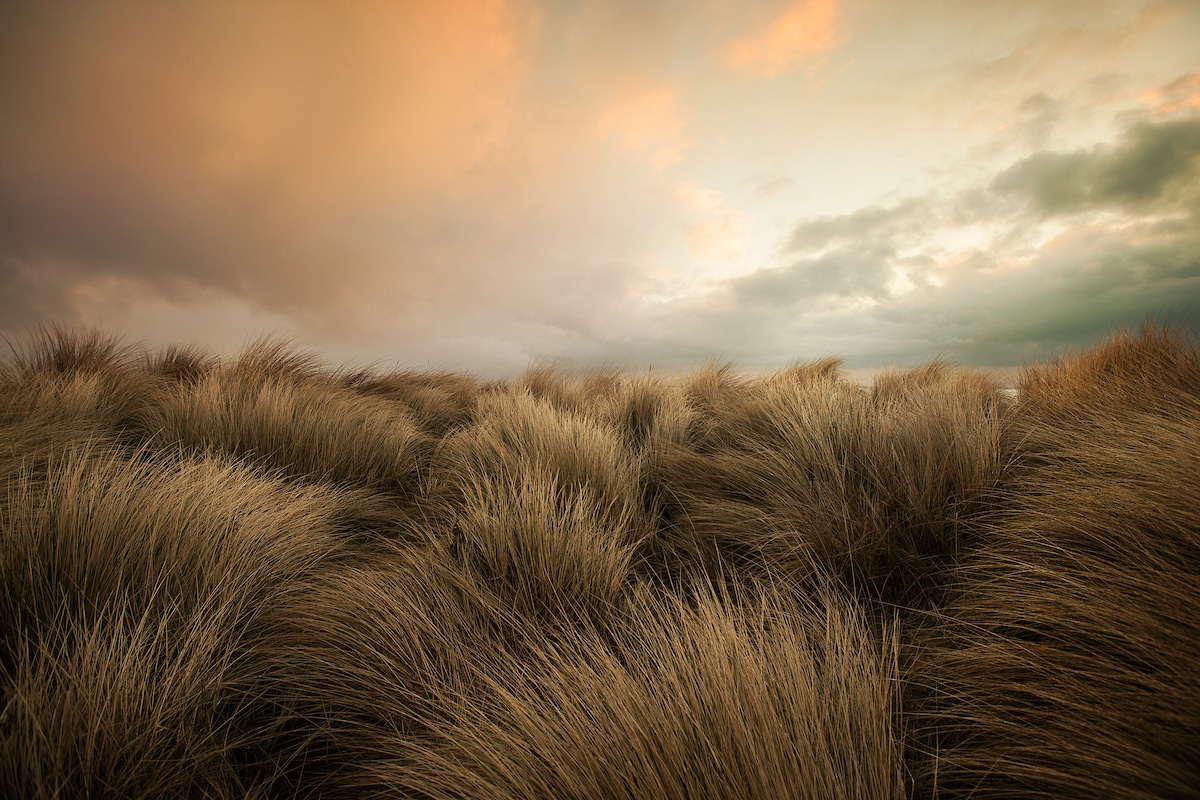
Eastern Coast of the United Kingdom. (Photo: Robert Clark)
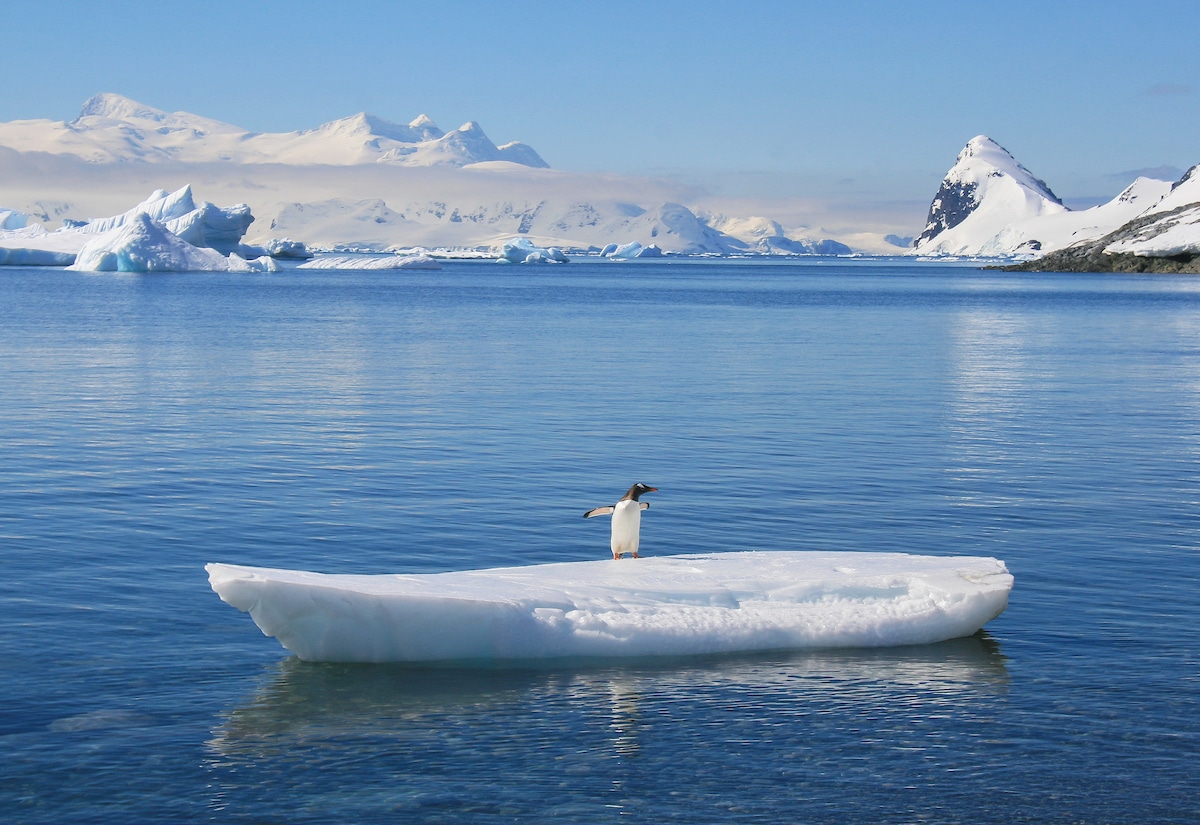
Gentoo Penguin on an ice surfboard in Antarctica. (Photo: Graeme Green)

A mother and her cub sit along the water's edge at Brooks Falls in Katmai National Park Alaska. The mother was taking way too long to fish so the little one looked back at me after awakening from a nap on mom's back. (Photo: Kristi Odom)
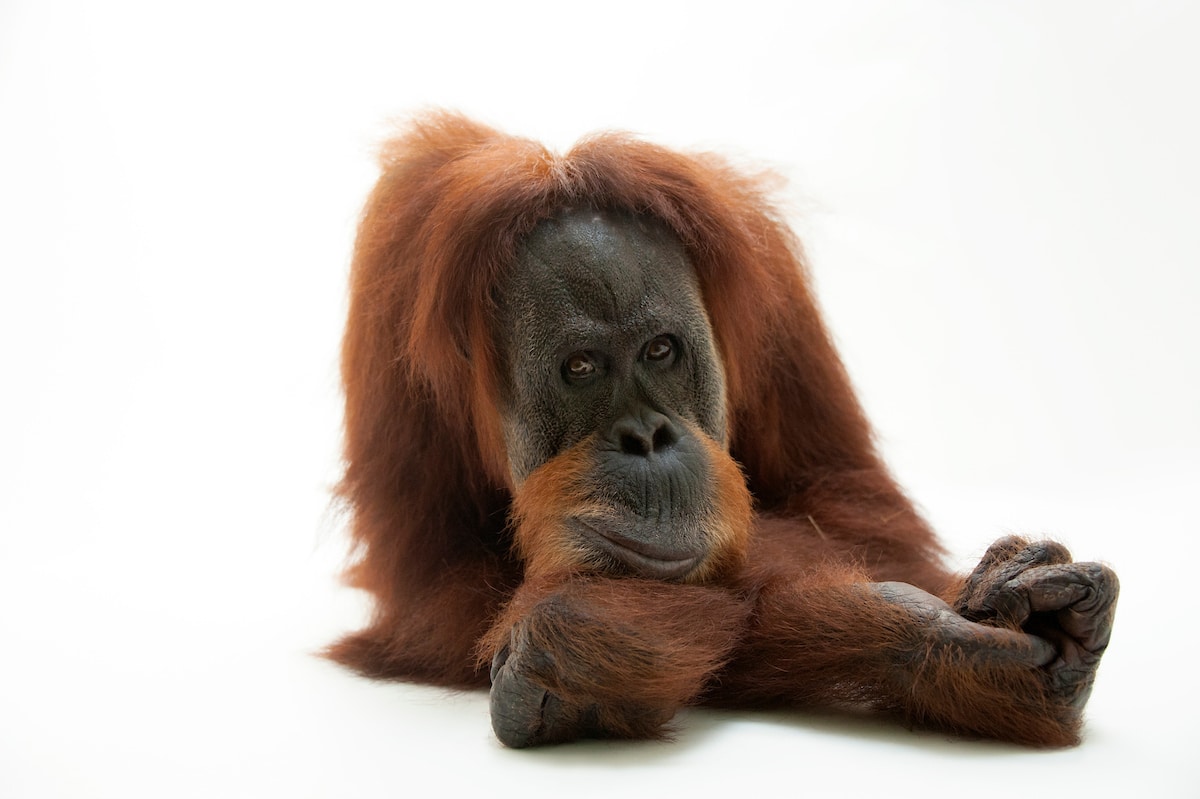
A critically endangered sumatran orangutan, Pongo abelii, at the Gladys Porter Zoo in Brownsville, TX. (Photo: Joel Sartore)

Orangutan is considered as one of the smartest animals in the world. Having 97% human DNA, they're known to be able to use tools and imitate human behavior. This young Orangutan used a Taro Leaf to protect herself from the rain. However, despite their intelligence, Orangutan is facing the grave danger of extinction. Around 7,000 Orangutans are killed every year. Half of their population has vanished in the last 15 years.
This is because people and companies keep destroying rainforests to plant more Crude Palm Oil in order to make more profits by selling cheaper products to customers. Illegal poaching, in which people deliberately kill the mother to take the baby away and sell them for profits in the black market also further accelerates their decline in population. Given that Orangutans only produce offspring once every 9 years and the rate of the current decline in population, we might not see them again forever in the next 15 to 20 years. (Photo: Andrew Suryono)
Prints for Nature: Website
My Modern Met granted permission to feature photos by Prints for Nature.
Related Articles:
Artist Paints World’s Largest Canvas to Raise $30 Million for Children in Need [Interview]
Stunning Portraits of Rare and Endangered Birds Full of Personality











































































